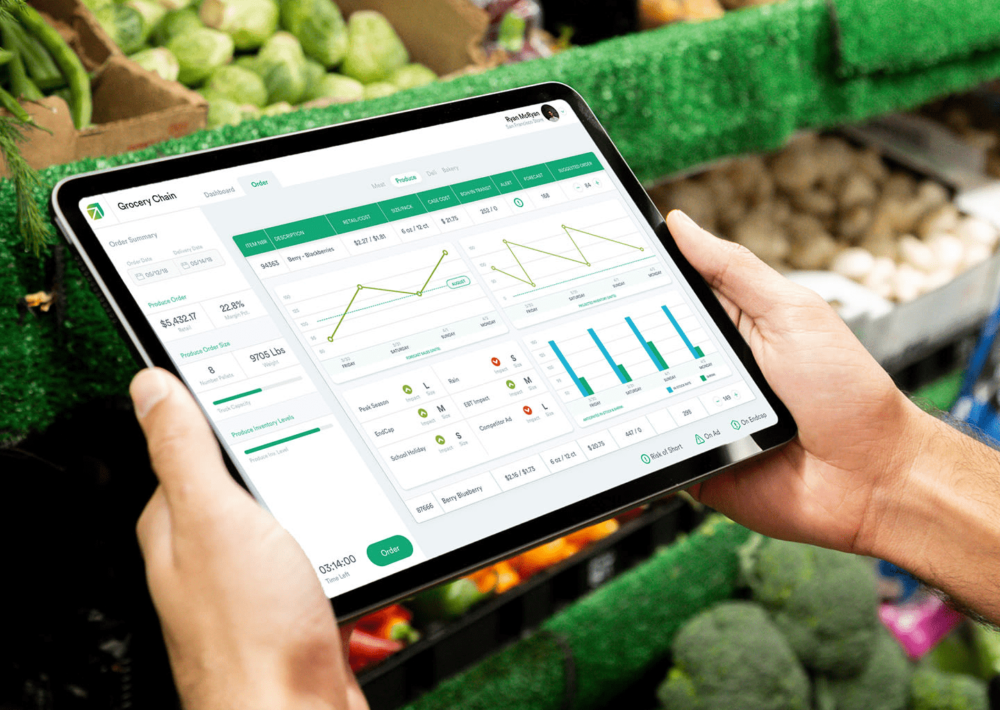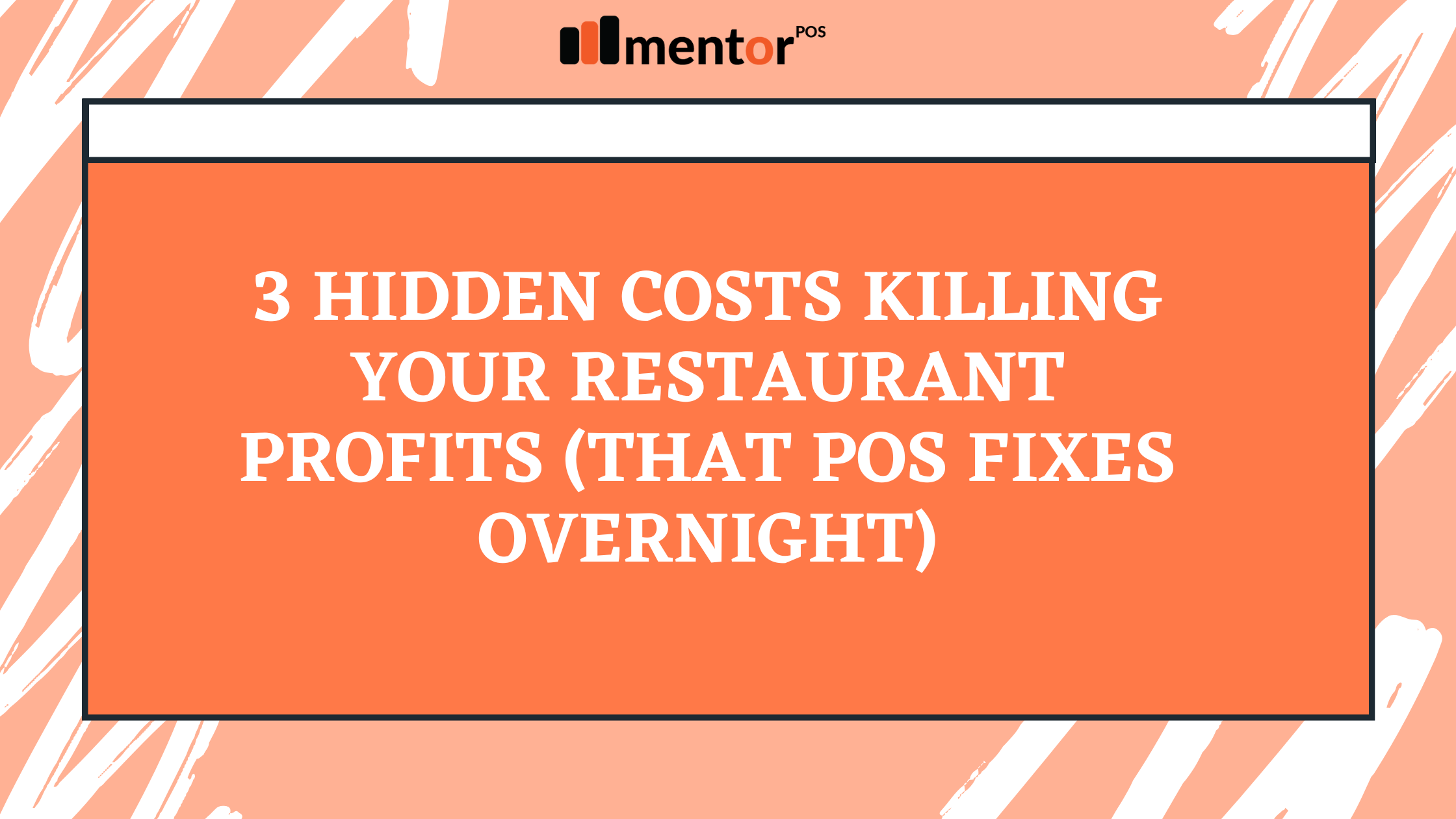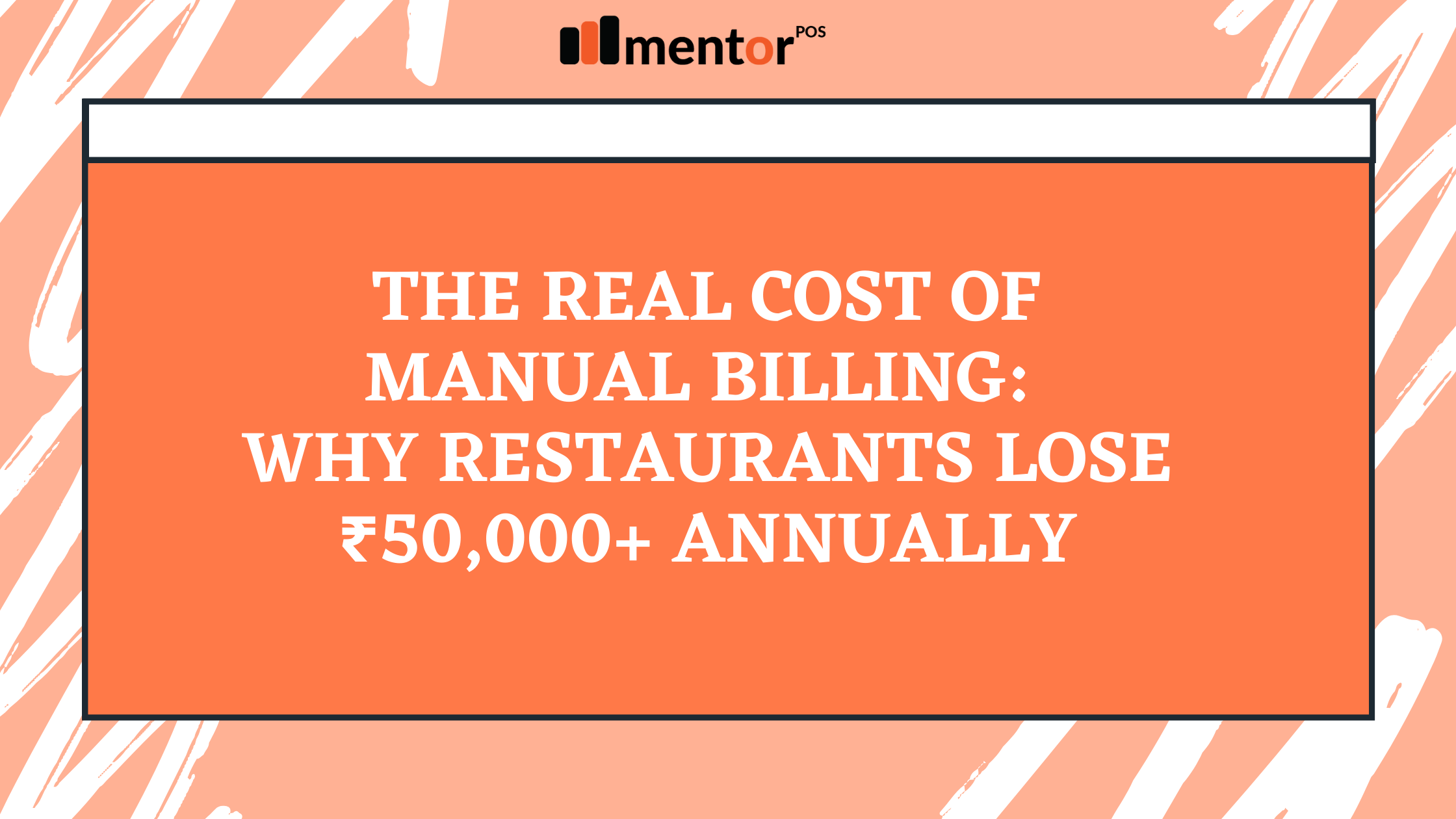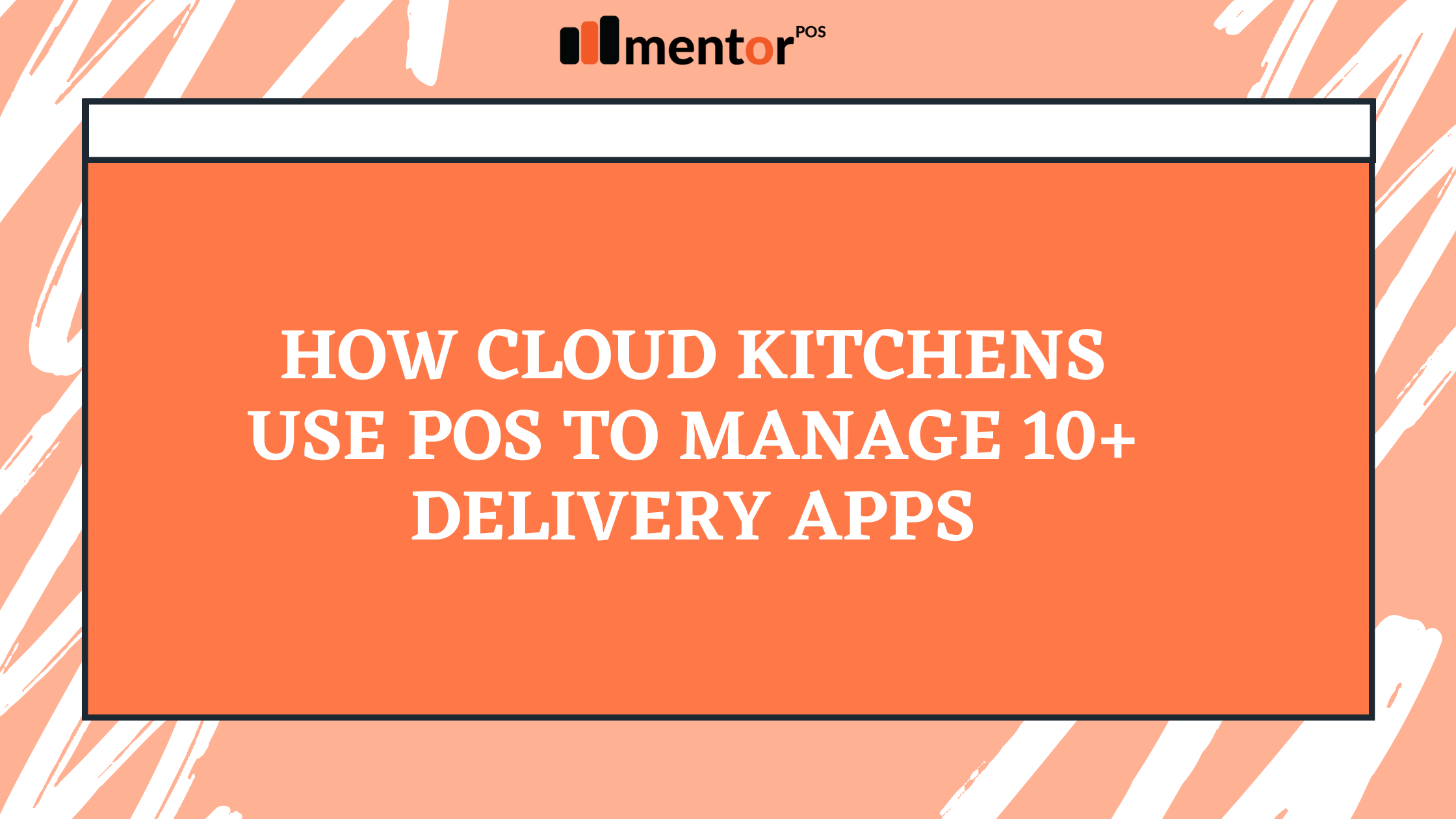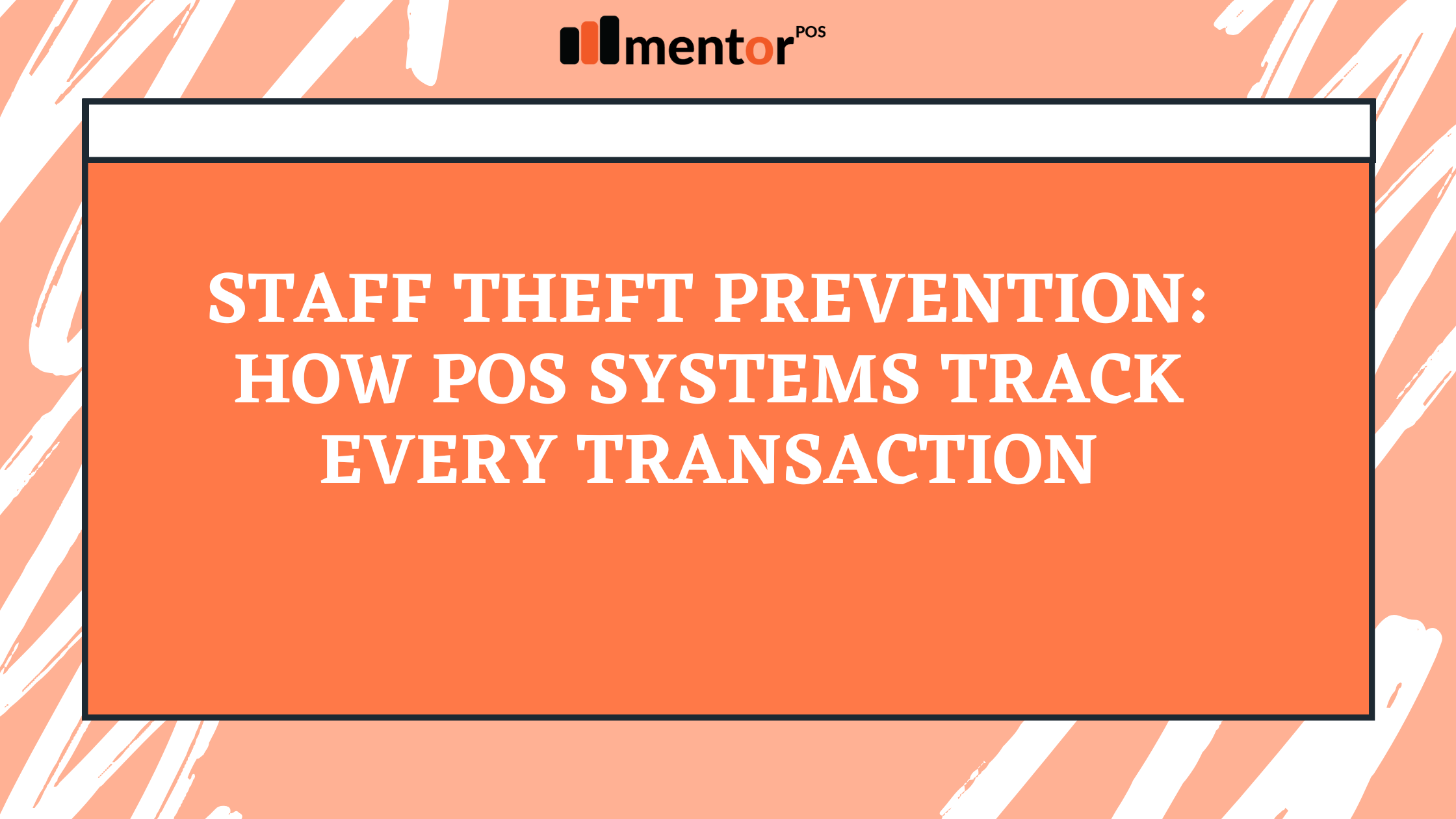In the face of climate change and dwindling natural resources, sustainability has become a pressing priority across industries. The restaurant sector, known for its high levels of food and resource waste, is embracing innovative technologies to minimize its environmental footprint. From smart inventory systems to waste-tracking apps, technology is playing a crucial role in reducing waste and promoting sustainable dining practices.
The Problem of Waste in Restaurants
The restaurant industry is one of the largest contributors to food waste globally. According to the Food and Agriculture Organization (FAO), approximately one-third of all food produced is wasted each year, with a significant portion stemming from the hospitality sector. This waste occurs at various stages, including over-purchasing, improper storage, and uneaten meals.
Beyond food, restaurants also generate significant waste from single-use plastics, packaging materials, and inefficient energy use. The environmental and financial impacts of such waste are staggering, making the adoption of sustainable practices essential.
Technology: A Game Changer for Sustainable Dining
Innovative technologies are transforming how restaurants approach waste management. These tools not only help reduce waste but also improve operational efficiency, lower costs, and enhance customer experiences.
1. Smart Inventory Management
One of the primary causes of food waste in restaurants is poor inventory management. Over-ordering or under-utilizing ingredients leads to spoilage and waste. Smart inventory systems powered by AI and machine learning can predict inventory needs based on historical data, trends, and sales patterns.
For example, these systems can alert staff when perishable items are nearing expiration, enabling timely use or redistribution. By optimizing inventory levels, restaurants can significantly reduce waste while saving money.
2. Food Waste Tracking Apps
Food waste tracking software allows restaurants to monitor and analyze waste patterns. These apps enable staff to log waste details, such as type, quantity, and cause. The data collected helps identify recurring issues, such as over-preparing specific dishes or frequent customer plate waste.
Armed with insights, restaurant managers can adjust portion sizes, streamline menus, or improve kitchen efficiency. Tools like Winnow, Leanpath, and FoodPrint have helped numerous establishments cut waste by as much as 50%.
3. Composting Technology
Composting is a sustainable alternative to disposing of food scraps in landfills. Advanced composting machines can convert organic waste into nutrient-rich compost within hours. Restaurants can use this compost in their gardens or partner with local farms to support sustainable agriculture.
Some systems even allow for real-time monitoring and data reporting, helping restaurants track their environmental impact and showcase their commitment to sustainability to eco-conscious customers.
4. Energy-Efficient Appliances
Energy consumption is another area where restaurants can make a difference. Modern, energy-efficient appliances reduce power usage and operating costs while supporting sustainability goals. From smart refrigerators that minimize energy use to eco-friendly dishwashers, technology is helping restaurants optimize their energy footprint.
In addition, IoT-enabled devices allow for real-time monitoring of energy consumption, enabling restaurant owners to identify inefficiencies and implement corrective measures.
5. Food Redistribution Platforms
Restaurants often have surplus food at the end of the day, much of which goes to waste. Food redistribution platforms like Too Good To Go, OLIO, and Food Rescue help connect restaurants with individuals or organizations in need. These apps make it easy for restaurants to donate unsold food or offer it at a discounted price, reducing waste while supporting the community.
6. Digital Menus and Contactless Ordering
The shift to digital menus and contactless ordering has reduced paper waste significantly. Digital solutions allow for real-time updates, ensuring accurate menu information and eliminating the need for reprinting. Additionally, data collected from these systems provides valuable insights into customer preferences, helping restaurants optimize their offerings and reduce excess inventory.
7. Sustainable Packaging Solutions
With the rise in takeout and delivery orders, packaging waste has become a significant concern. Technology is enabling the development of sustainable packaging alternatives, such as biodegradable containers and reusable packaging systems.
Startups like Loop are offering innovative solutions where customers can return reusable packaging for cleaning and reuse. Smart QR codes on packaging can also provide information about its sustainability and encourage customers to participate in eco-friendly practices.
Also Read: Top 10 Restaurant Management Software Solutions in 2025: Why MentorPOS Takes the Lead
The Benefits of Technology-Driven Sustainability
By leveraging technology to reduce waste, restaurants can achieve numerous benefits:
- Cost Savings: Reducing waste directly impacts the bottom line by minimizing expenses related to over-ordering and disposal.
- Improved Customer Perception: Eco-conscious diners are more likely to support restaurants that prioritize sustainability.
- Regulatory Compliance: With governments introducing stricter waste management and sustainability regulations, adopting these technologies ensures compliance.
- Environmental Impact: Reducing food and resource waste helps decrease greenhouse gas emissions and conserves natural resources.
Challenges and the Path Forward
While technology offers significant advantages, implementing these solutions can be challenging for some restaurants. Costs, staff training, and integration with existing systems are common barriers. However, many governments and organizations offer grants, subsidies, and training programs to support the adoption of sustainable practices.
As the demand for sustainability continues to grow, early adopters of these technologies will be better positioned to thrive in the competitive restaurant industry.
Five food distribution platforms in India
Too Good To Go –
Connecting users with surplus food to reduce food waste.
https://toogoodtogo.in
OLIO –
A food-sharing platform to help redistribute excess food in local communities.
https://olioex.com
Food Rescue India –
A non-profit that connects food surplus with those in need.
https://foodrescueindia.org
Feeding India –
Organizes food rescue and distribution programs to fight hunger and reduce food waste.
https://feedingindia.org
Robinhood Army –
Volunteers work to redistribute excess food to the underprivileged.
https://robinhoodarmy.com
Conclusion
The integration of technology into restaurant operations is revolutionizing the way waste is managed, paving the way for sustainable dining practices. From inventory management and food tracking apps to composting systems and energy-efficient appliances, these innovations are helping restaurants minimize waste, cut costs, and improve their environmental footprint.
As restaurants embrace these changes, they not only contribute to a healthier planet but also build stronger connections with eco-conscious customers. To stay ahead in the evolving industry landscape, adopting technology-driven sustainability is no longer optional—it’s essential.Explore how solutions like MentorPOS can help your restaurant join the sustainability movement. Visit getorderease.com for a closer look at how technology can transform your operations. For more information, feel free to reach out to our support team.

